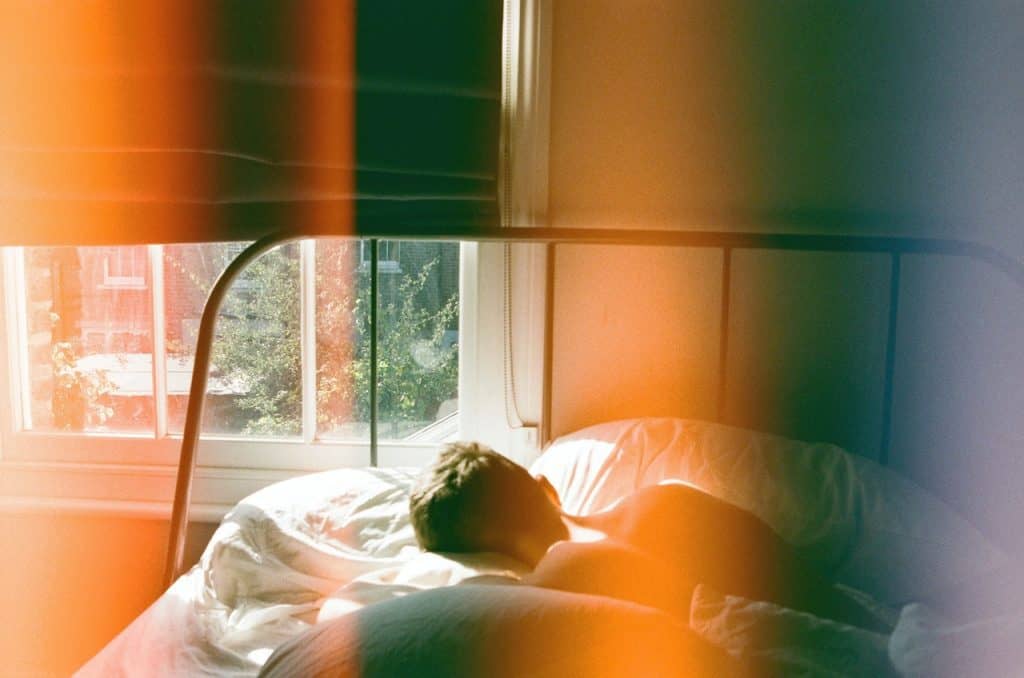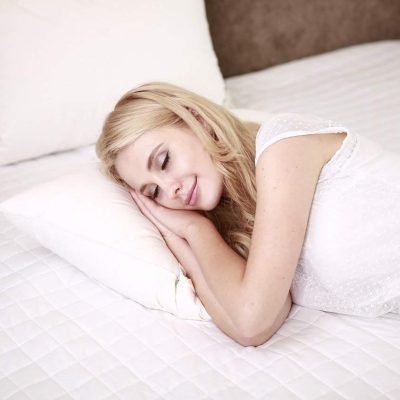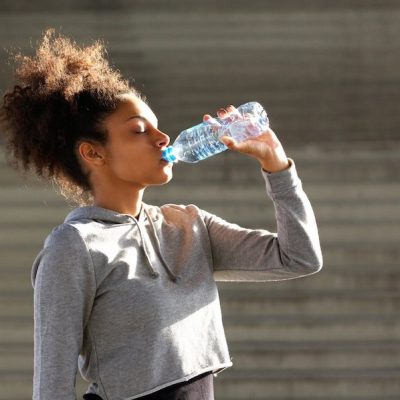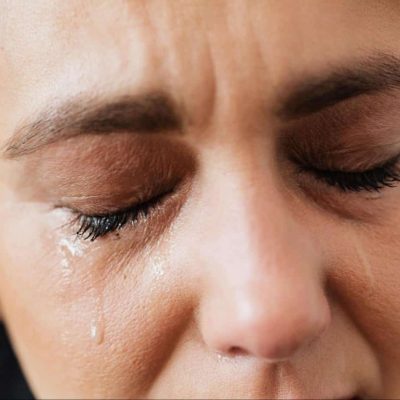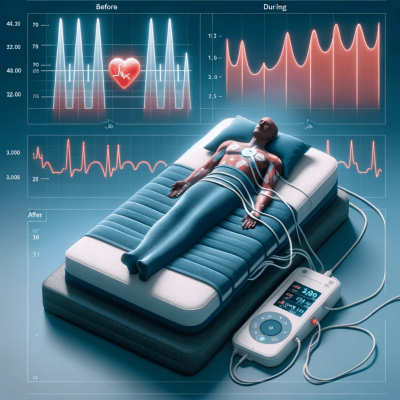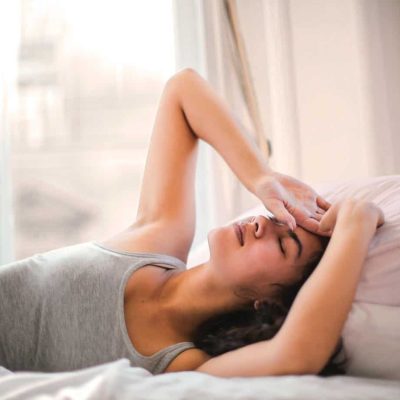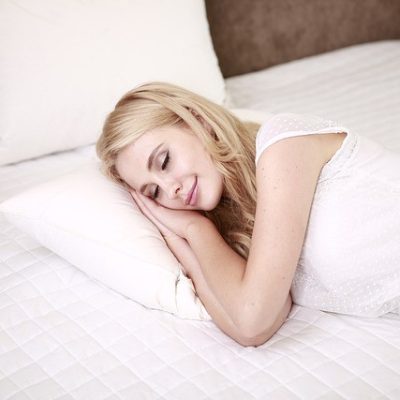If you suffer from sleep apnea or another breathing disorder, your doctor may have recommended a bilevel positive airway pressure machine, or BiPAP. It’s a gadget that helps you breathe. It’s also known as a BPAP.
CPAP and APAP devices are well-known, but there are also bilevel positive airway pressure (BPAP) machines.
We’ll look at what BPAP machines are, how they function, and what to expect if you use one in this post.
Table of Contents
ToggleWhat exactly is a bipap machine?
Your diaphragm, a muscle in your chest that helps you breathe, moves downward as you take in air. This lowers the pressure in your lungs’ tubes and sacs, allowing air to enter. If you have a condition like sleep apnea, there may be moments when you can’t get the air you need (for example, when sleeping).
A BiPap machine can assist force air into your lungs if you have problems breathing. A mask or nasal plugs connected to the ventilator are worn. The gadget inflates your lungs with pressurised air. It’s called “positive pressure ventilation” because the gadget uses air pressure to help open your lungs.
A BPAP is a type of non-invasive ventilation (NIV) therapy that helps people breathe more easily.
BPAP machines are available for use in hospitals and at home for persons who require them.
BPAP machines for home use are small, around the size of a toaster. A tube connects the machine to a mask, which is worn over your nose and mouth.
BPAP devices, like other ventilators, employ pressure to force air into your lungs. This opens the lungs, increasing the amount of oxygen in the blood and decreasing carbon dioxide levels, depending on the settings.
The term “bilevel” refers to the fact that these machines have two air pressure settings:
- When you inhale, BPAP machines increase the air pressure. Inspiratory positive airway pressure is another name for this (IPAP).
- The gadget lowers the air pressure when you exhale. Expiratory positive airway pressure is the term for this (EPAP).
A timer on some BPAP devices can be set to maintain a specified number of breaths per minute.
Who should use a bipap machine?
If you have a medical condition that makes it difficult for you to breathe at times, you may benefit from a BiPAP. BiPAPs can help with obstructive sleep apnea, a dangerous disorder in which your breathing continuously stops and starts while you sleep. It can be life-threatening in some circumstances.
If you have:
- An asthma flare-up, your doctor may consider a BiPAP.
- COPD (chronic obstructive pulmonary disease) is a condition that affects the lungs (COPD)
- Coronary artery disease or congestive heart failure
- You have a neurological or neuromuscular condition.
- Hypoventilation syndrome due to obesity
- Difficulty breathing following a medical operation or as a result of another medical issue
A BiPAP is generally not for you if you have problems breathing most or all of the time, or if you have trouble swallowing. Instead, your doctor might suggest that you use another gadget to help you obtain adequate oxygen.
When are Bipap machines? suggested by your physician?
- BiPAP machines are frequently prescribed for sleep apnea patients who have high-pressure settings or low oxygen levels, and they are frequently used after CPAP has failed to treat certain individuals effectively.
- Patients with cardiopulmonary diseases such as congestive heart failure may benefit from BiPAPs.
- People with lung or neuromuscular diseases are frequently prescribed this medication.
Getting ready for your first night using a bipap machine
When you’re told you need to use a BPAP machine, a respiratory specialist will usually set it up for you. The machine must be calibrated and the parameters altered to match your treatment plan.
Your healthcare practitioner will explain what to expect when using your BPAP machine at home, as well as how to properly utilise it.
You may be instructed to use it all of the time, portion of the time, or only when you sleep, depending on the condition. It’s critical that you follow these directions and utilise it as directed by your doctor or healthcare professional.
A tabletop device with a motor, tubing, and a mask are all components of a BPAP machine. All of the parts should be familiar to you, as well as how they fit together and function. The machine will have clear instructions on how often the mask and tubing should be cleaned.
It’s possible that you’ll find using a BPAP machine uncomfortable at first. With practise, you’ll become accustomed to wearing the mask and breathing via the machine’s airflow. If you don’t, go to your doctor to see if the settings may be changed or if there’s another choice that could be better for you.
Although BPAP machines aren’t particularly loud, the sound may take some getting used to. If the machine disturbs your sleep, you might want to consider using earplugs.
Bipap vs other types of PAP machines
Positive pressure ventilators, such as a BiPAP, aren’t the only way to help you breathe. The continuous positive airway pressure machine, or CPAP, is another ubiquitous breathing equipment. When you breathe in and out, both deliver air pressure. When you breathe in through a BiPAP, however, the air pressure is higher. The CPAP, on the other hand, maintains the same level of pressure throughout the night. As a result, the BiPAP makes it easier to exhale than the CPAP. Still, most manufacturers include the capacity for the machine to sense and/or adjust the pressure upon exhale to help with the discomfort of CPAP’s continuous flow of air pressure.”
APAP, or auto-titrating continuous positive airway pressure, provides changing levels of positive airway pressure and should only be used after careful thought.
A CPAP may be used first by some persons with sleep apnea or other breathing issues. However, if you require more help breathing due to severe sleep apnea or a disease like congestive heart failure, a BiPAP may be a better option.
Summary about what Bipap machines offer
A BPAP machine is a type of ventilator that is used to treat chronic breathing problems.
It works similarly to a CPAP machine, except instead of delivering a constant amount of air pressure, a BPAP delivers two levels.
People with specific types of sleep apnea, as well as COPD, obesity-hypoventilation syndrome, and neurological diseases that impact breathing, such as ALS, should use BPAP equipment.
What is the difference between BiPAP & CPAP?
Bilevel or two-level Positive Airway Pressure is referred to as BiPAP. This sleep apnea treatment, like CPAP, operates by forcing air through a tube into a mask worn over the nose. While CPAP usually only provides one pressure, BiPAP provides two: an inhale and an exhale pressure.
Does a BiPAP machine breathe for you?
Positive pressure ventilators, such as a BiPAP, aren’t the only way to help you breathe. The continuous positive airway pressure machine, or CPAP, is another ubiquitous breathing equipment. When you breathe in and out, both deliver air pressure. When you breathe in through a BiPAP, however, the air pressure is higher.
What are the side effects of BiPAP?
- Minor skin irritation caused by the face mask; dry mouth and/or nasal passages.
- Stomach bloating caused by inhaling too much air.
- Allergic reaction to the mask’s material, which might result in skin outbreaks or breathing problems.

